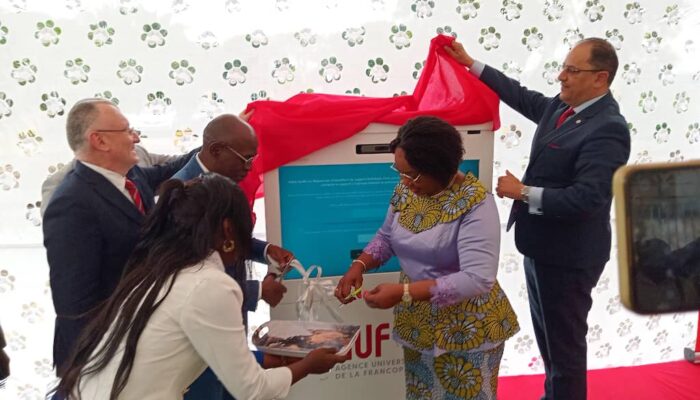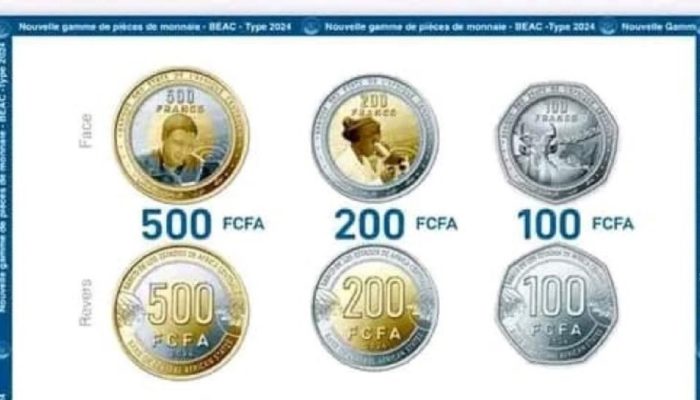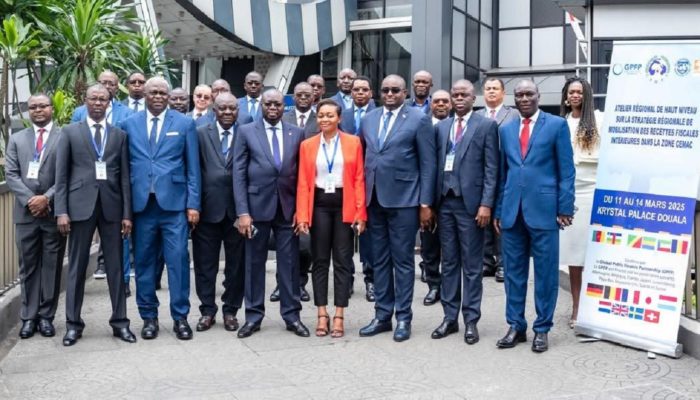Credit to the economy continues to grow at a more dynamic pace in the CEMAC zone, but which remains weak. The banks’ idle resources are piling up, but between regulations and the economic environment, economic actors are not taking enough advantage of them.
As of September 30, 2020, the excess reserves of CEMAC banks were FCFA 2,331.6 billion ($ 4.3 billion), according to the monetary market bulletin of the Bank of Central African States (BEAC) at the end of September. 2020.
This represents 21% of the budget revenue needs for fiscal year 2021 for five CEMAC countries (the figures for Equatorial Guinea are not published), i.e. a total amount of 10,996 billion FCFA, according to the various finance laws consulted. by the Ecofin Agency.

This volume of excess resources is such that the BEAC had decided before the occurrence of covid-19, to draw liquidity from the sub-regional banking system. She said she feared that this excess liquidity would become a constraint on the external stability of the currency, in the event that the banks injected their surplus resources into the CEMAC economies.
However, banks in the area do not seem inclined to lend massively to economic players. Between September 2018 and 2020, the outstanding bank loans to the economy of the sub-region were down by 119 billion FCFA. They explain that most of their resources are sight or short-term deposits. However, they are ready to store the resource without any remuneration.
In Cameroon, the largest economy in the sub-region in terms of financial assets, there was a slight tremor, with an increase of more than 210 billion in the amount outstanding between September 2019 and 2020.
In other important countries such as Congo and Gabon, the trends are downward. It is difficult to predict that CEMAC banks will increase lending to the economy during the year 2021.
Everything will ultimately depend on the ability of countries to reassure the sector. Public sector financing appears to be the least risky in the region. But in a recent mission report within CEMAC administrations, the IMF explained that it was in favour of reducing bank commitments to the benefit of states.
It is not certain that the banks have several alternatives. In the private sector, loans whose repayment has become risky are on the rise, and the economic recovery is not being fairly felt.




